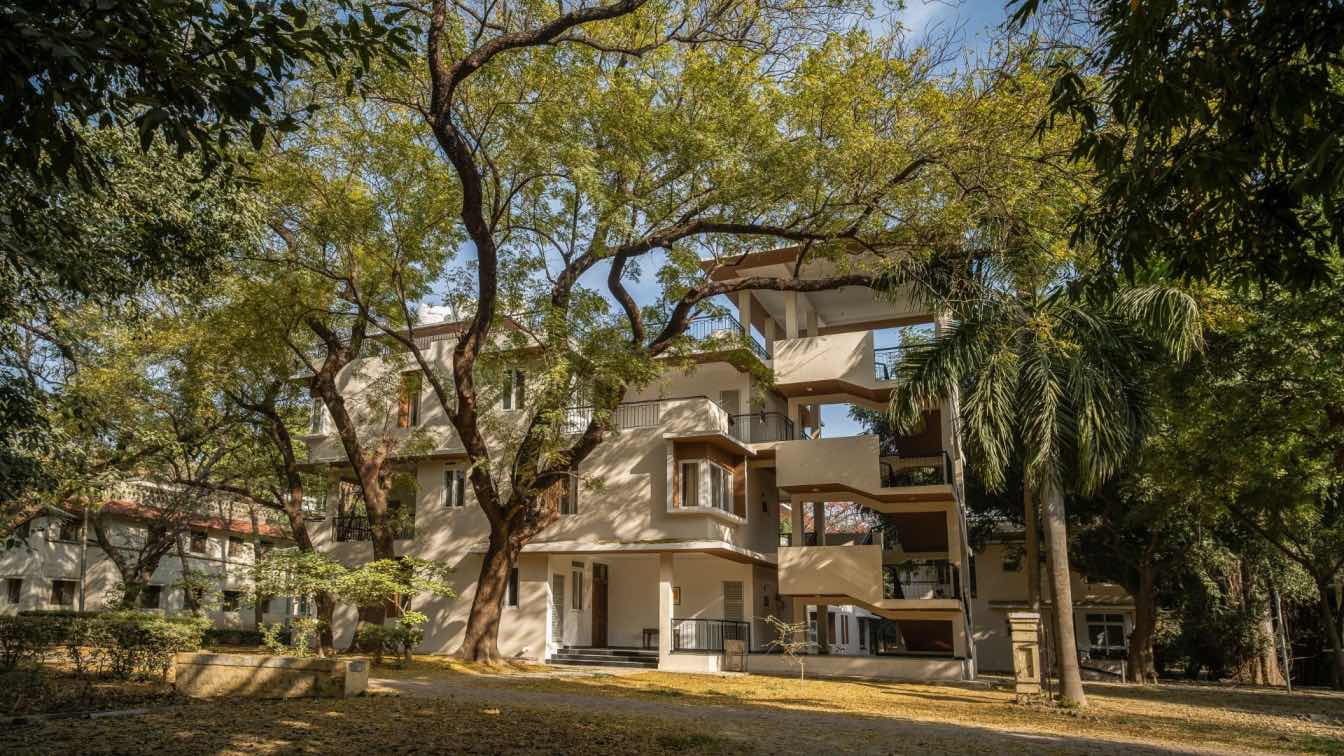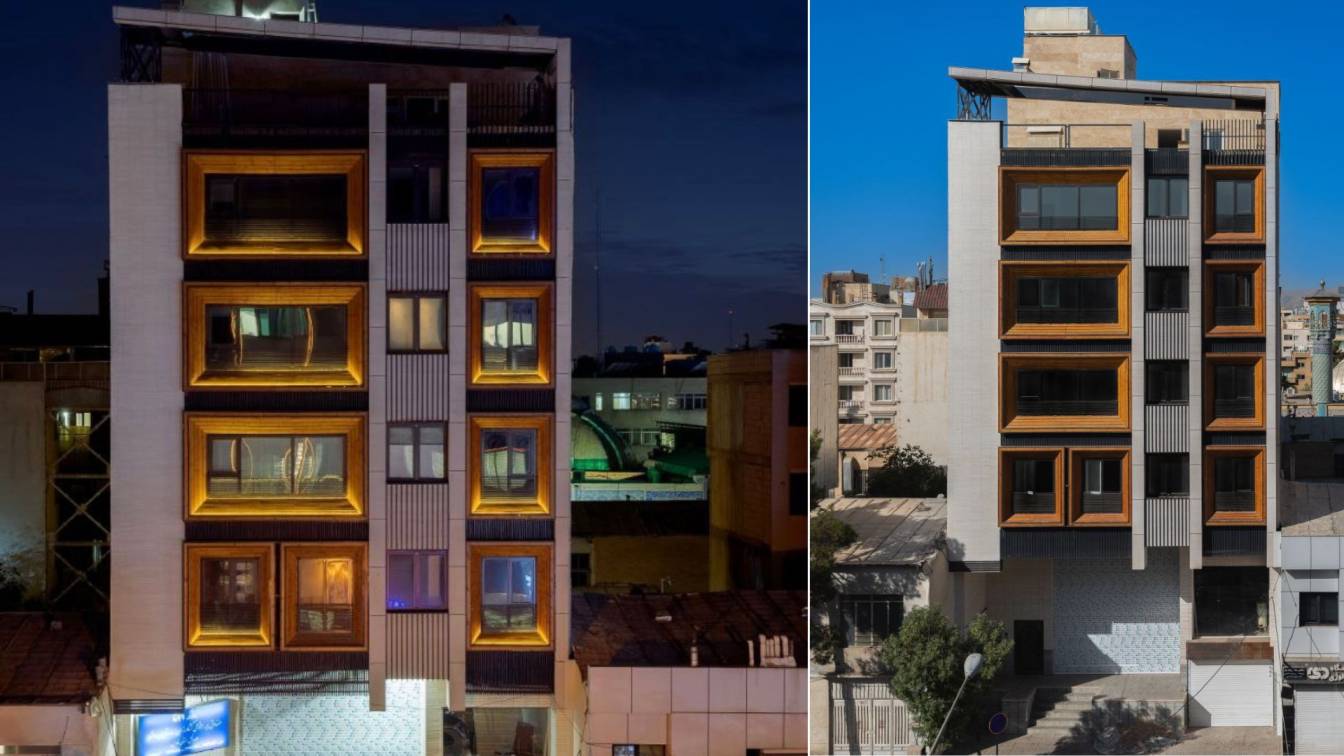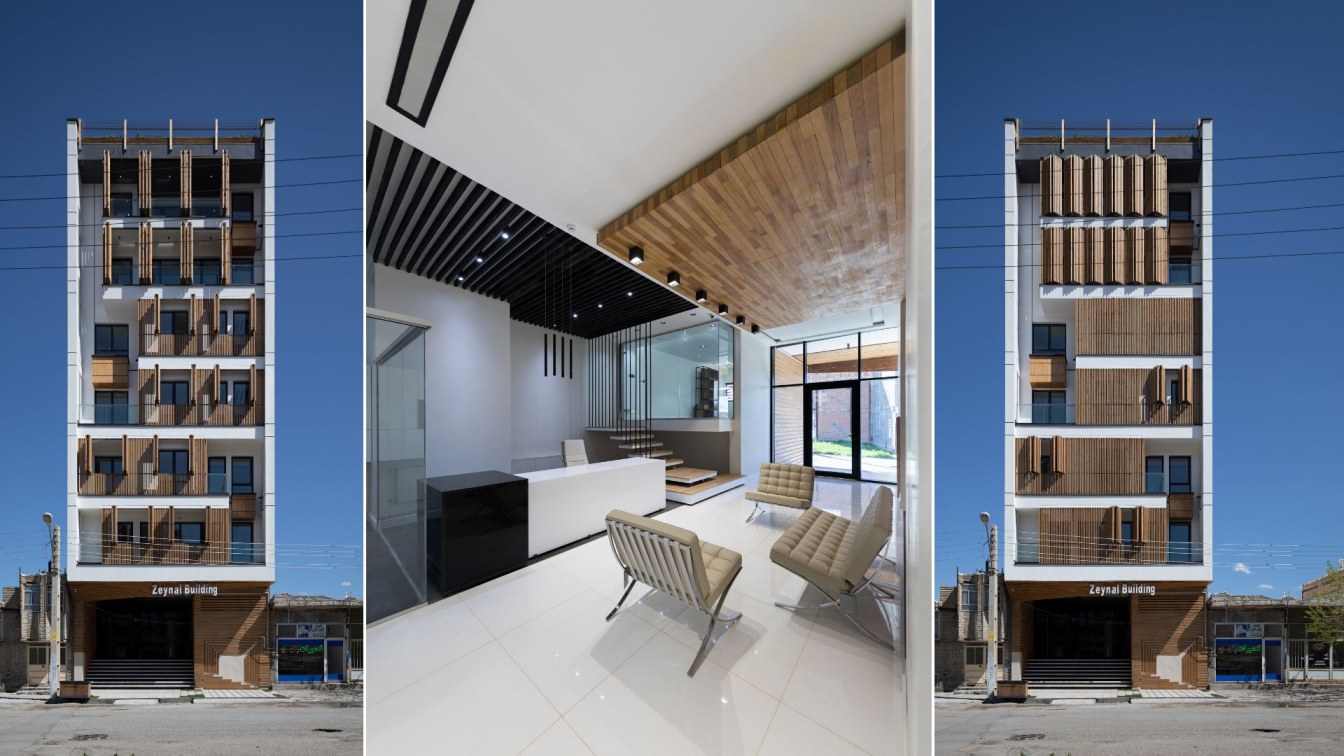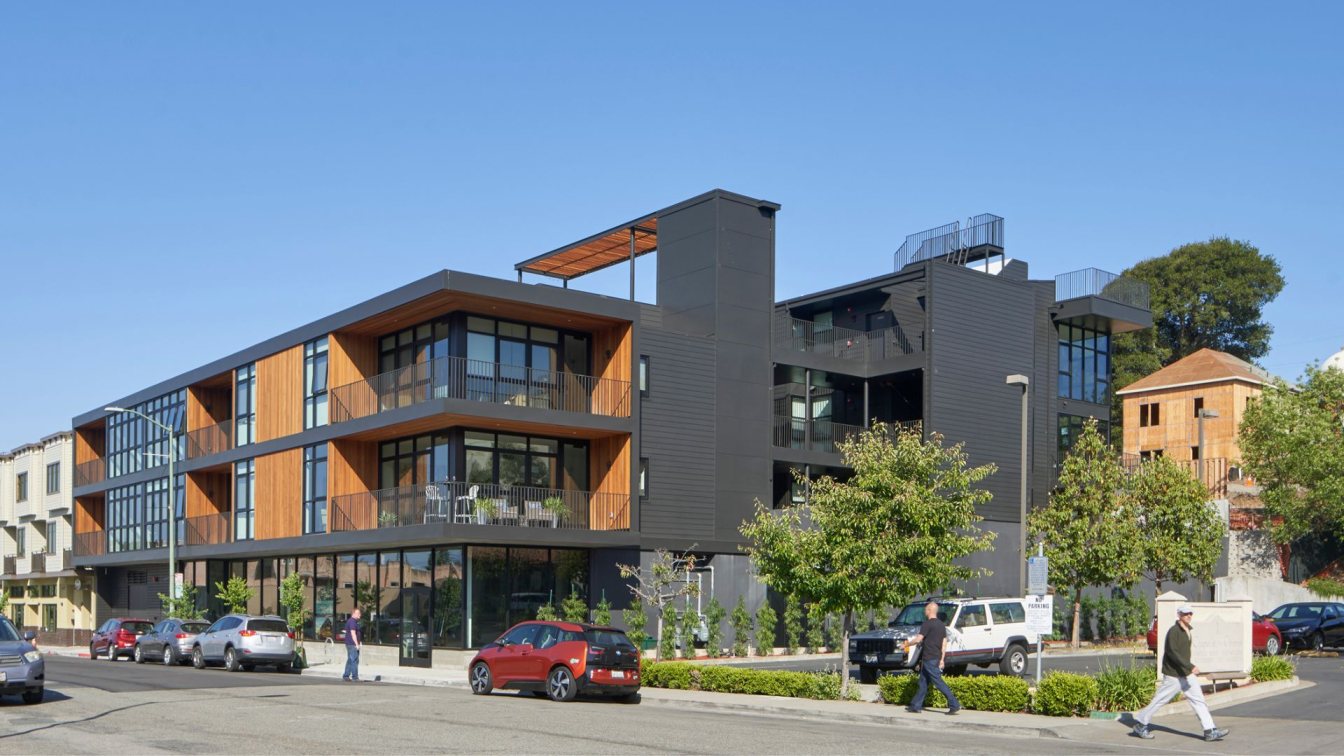Clients brief:
The Krishnamurti Foundation, India is a charitable trust established with the intent to promote educational, cultural and humanitarian activities in the light of Sri J Krishnamurti’s teachings. Rajghat Besant School (RBS) under the Rajghat Education Center (REC) is one of the six Krishnamurti Foundation centers that was set up in the year 1928 based in the city of Varanasi. The campus is located at the confluence of rivers Ganga and Varuna with total acreage of about 330 acres.
RBS is a 360-student co-educational residential school that follows the CBSE curriculum. The school also has resident and locally based teaching, administration and support staff community of about 250 people.
Most of the members of community live, study and work in the campus all through the year except holidays.
The campus is in need of staff housing, both which can used for families living for the long term as well as guests who stay for the short term. Ideally it should have a living room, Kitchenette, 2 bedrooms and 2 toilets. The building/ cluster of buildings shall be max. G+2. (7-9 units in total) Car parking is not required as campus does not encourage inside parking. As part of the campus master plan, the client decided that valuable land in the RBS campus shall not be lent to standalone housing rather be replaced with planned clusters. Such clusters shall be built on the principles of sustainability in order to maximize usage of natural renewable forces like air & light whilst minimizing non-renewable footprint like energy, water and waste. They should be aesthetically constructed keeping in mind the beauty of Krishnamurti campus.
Concept Note:
Being a very green campus, it was of utmost importance to maintain this character. Cluster planning of the housing blocks is based on establishing the buildable area around the trees so that not a single tree is cut. 3 housing blocks are planned such that there is a central green and access from all sides so that it blends with the surrounding fabric of the campus.
Each housing block is G+2 (& G+1) with one 2BHK unit on each floor (Total 7nos. 2BHK units). Each unit is designed such that the Common spaces (Living/Dining space, Kitchen, toilets) stack vertically, but the 2 bedrooms rotate on either side. This creates interesting terraces (entry terrace and private terrace) on each floor. The housing blocks are clustered such that each terrace doesn’t overlook directly into the terrace of the other block, thus maintaining privacy.
The residents feel connected with the nature outside as well as have a community feel with the fellow residents without compromise on privacy. Trees have been preserved and large windows & terraces enhancing visibility towards nature.
Sustainability:
Ample daylight, cross ventilation, projections, terraces achieve a comfortable environment and enhances the happiness index of the residents. Natural materials such as Kota stone for the flooring and plaster and paint for the exterior wall is used. The colors and sloping roofs are in a contemporary way that not only blends with the RBS Krishnamurti Campus but also provide a fresh modernity to the new buildings.
Flyash bricks has been used alongwith the clay bricks. Rain water harvesting, dual piping with treated grey water for flushing, LED lights, low flow sanitary fixtures are being used in the units. All these are not only low on the overall carbon footprint, but also reduces overall operations and maintenance costs.

Design Process:
The objectives of the Rajghat Besant School are to impart holistic education, and reverence for nature by engaging in developmental programmes for communities. The design team spent ample time on the campus to imbibe the sensory experience of the campus. The team even attended events and talks on Sri J Krishnamurti’s teachings on the campus. This really helped in understanding the essence of what the campus is.
Keeping this intent in mind the design process was very interactive, holistic and involved team members of RBS and well as experts from other Krishnamurti schools. Multiple concept design options with models were discussed with the team. Green building concepts, MEP and structural engineering best practices were integrated from the initial design stages itself. Upon approval of the concept design, detailed drawings and specifications were prepared. The tender documents were meticulously prepared keeping in mind time and quality be maintained. During construction, periodic site visits by the design team was carried out to make sure construction was as per the drawings and documents.
















